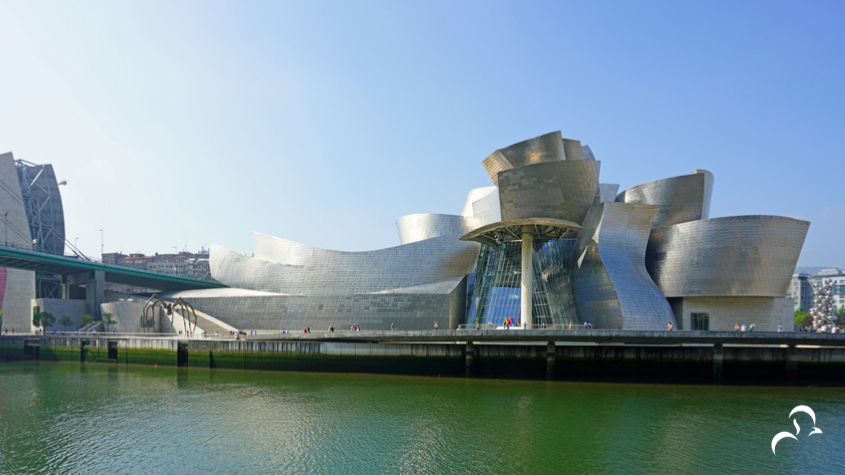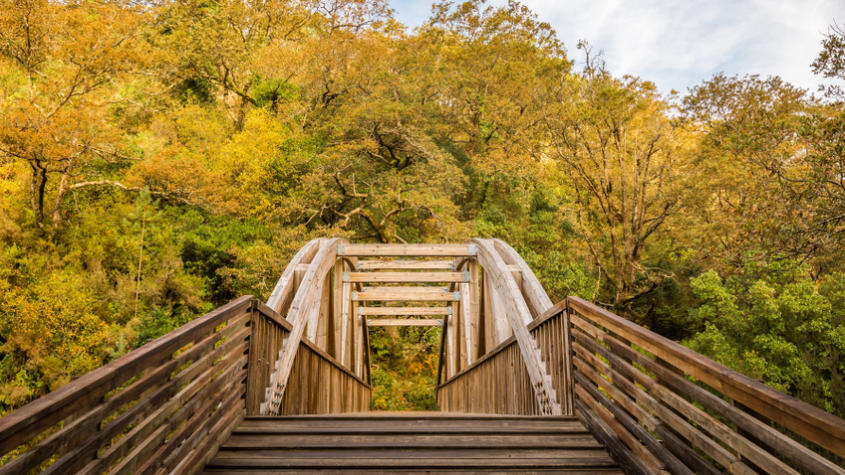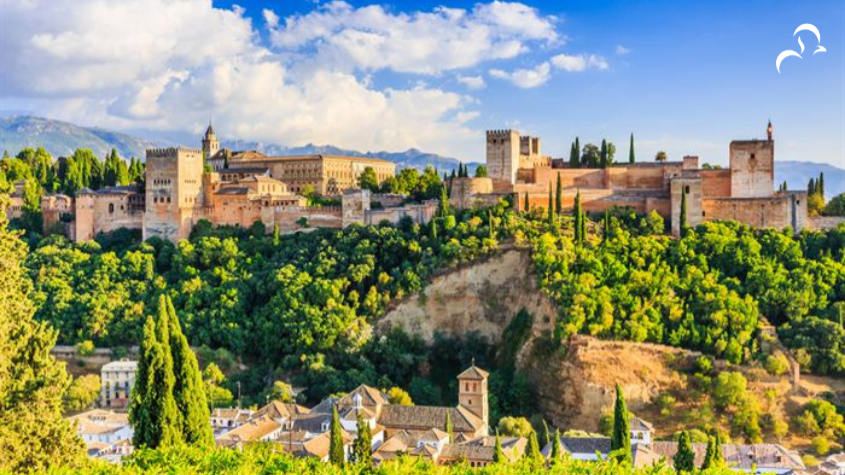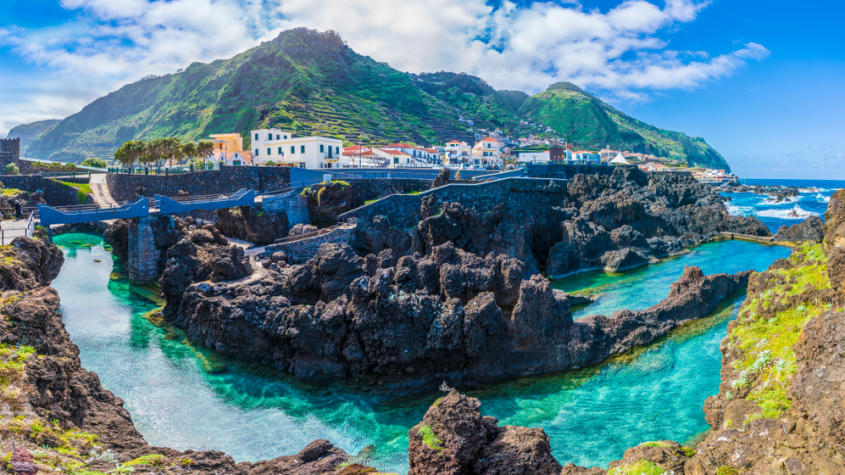
Which are the most visited football stadiums in Spain?
Do you consider yourself a big football fan? If that the case, surely you are aware that Spain is the perfect destination for those who love this sport and follow the biggest games! Here you can find the “biggest stadium in Europe” and the “best football club in the world”! Is easy to guess that we are talking about the imposing Camp Nou Stadium of F.C. Barcelona, which is, undoubtedly, one of the main attractions in Barcelona. As for Madrid, also a fundamental city in the football world offers us the splendid Santiago Bernabéu Stadium and the overwhelming Wanda Metropolitan. Find out the attraction phenomenon of these stadiums, capable to attract people from all over the world just to visit them!
Camp Nou Stadium
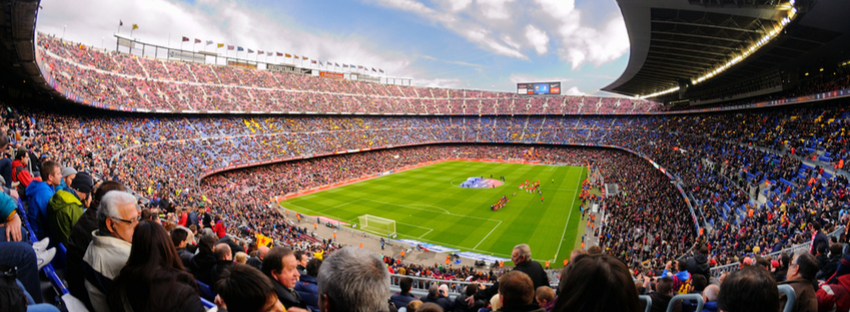
Les Corts, the ancient stadium of F.C. Barcelona, was no longer able to accommodate the increasing number of Barcelona fans. The arrival of Ladislao Kubala, one of the best football players ever, who was part of FCB team, increased significantly the number of visitors to the stadium; this led to an urgent need for a bigger one. In 1957, Barcelona fans saw the birth of a new stadium, which now totals many victories for the home team in the Spanish and European soccer. This is a space dedicated to the best football club in the world and attracts fans daily from every corner of the world.
Even more curious? Discover all the surprises that this stadium has prepared for football fans!
The tour F.C. Barcelona has three different moments: the museum, the tour around the Camp Nou and the multimedia space. In the museum, you probably will lose yourself in the middle of the great collection of Barcelona trophies and important objects of the most outstanding players in the Barça History. You will also get the chance to know a space dedicated exclusively to Lionel Messi! The Camp Nou tour includes a visit to the player’s locker rooms, the tunnel that leads you directly to the soccer field, the benches and the press conference room. By the end of the tour, you will find the multimedia area, where there are interactive tables and panels telling the history of the club, the stadium, and its players. Do not miss the opportunity to closely follow the “backstage” of this great club.
Santiago Bernabéu Stadium
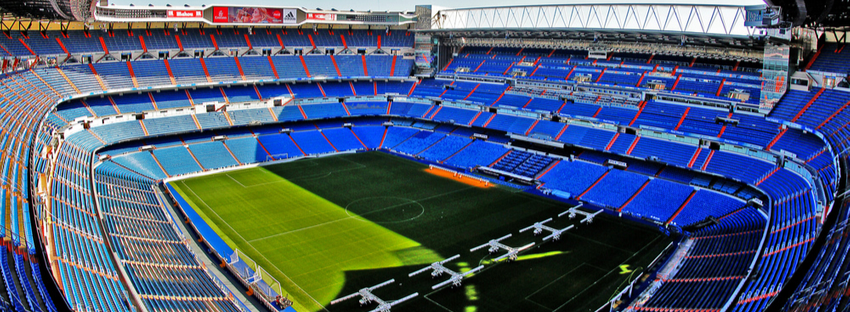
Real Madrid was born in 1902 and its origins are linked to the Spanish royalty and to the wealthiest classes in the country. Nowadays, it is one of the most renowned football clubs in the world, having received in 2000 the title of “The Best Football Club of the XX Century” attributed by FIFA.
The Santiago Bernabéu Stadium, named in tribute to the mythical Real Madrid President, is a space that reveals the whole history of the club. Stuffed with a wealth of activities for its visitors, here you can find a vast collection of trophies, player’s locker rooms and, of course, the tunnel that guides the players to the soccer field.
The tour through the stadium includes the most exclusive areas such as the presidential rostrum, players’ bench, the technical area, and the pressroom. By the end, do not forget to take a picture (photomontage) with your favorite players with Bernabéu’s pitch in the background! Find how to book your Santiago Bernabeu tour here!
Wanda Metropolitano
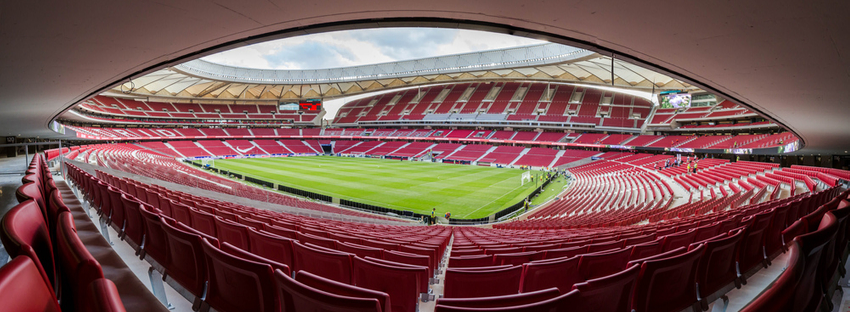
The list finishes with the most recent football stadium, inaugurated in 2017. Wanda Metropolitano is the stadium with red and white benches belonging to Atlético de Madrid. The team left the Vicente Calderón Stadium and moved into a modern area with a capacity of 70,000 spectators. Its name is linked to the Chinese company Wanda, which owns 20% of the club, combined with the name of the club’s first stadium, Metropolitan.
Atletico de Madrid was founded in 1903 by a group of Basque students living in the Spanish capital. However, it was in the ’40s that the club won the nickname ”Los Colchoneros”, which lasts to the present day. At the time, most woolen mattresses were manufactured in Spain by the same company and, curiously, with a design exactly the same as the athletic sweater: white with four red stripes.
Do not forget to visit the new facilities of colchoneros!
Mestalla Stadium

The Mestalla Stadium is an iconic football stadium located in the city of Valencia. It is the home of Valencia CF, one of Spain's most renowned football clubs. The stadium has a rich history and is an iconic venue for Valencia fans and football lovers in general.
The Mestalla was inaugurated in 1923 and has been Valencia CF's stadium ever since. The name "Mestalla" is derived from the name of the neighbourhood where the stadium is located in Valencia. The stadium has undergone several renovations over the years to modernise it and improve the facilities for fans.
The capacity of the Mestalla Stadium is approximately 50,000 spectators, making it one of the largest stadiums in Spain. The atmosphere at the stadium is known for being intense and passionate during Valencia matches.
The Mestalla is a special place for Valencia CF fans and all those who enjoy Spanish football. The stadium's vibrant atmosphere and rich history make it an important destination for sports lovers visiting Valencia.
Ramón Sánchez-Pizjuán Stadium

The Ramón Sánchez-Pizjuán Stadium is the home stadium of Sevilla Fútbol Club, one of the most important and successful clubs in Spanish football. Located in Seville, this stadium is an iconic venue for sport and has a rich history.
The stadium was inaugurated in 1958 and was named in honour of Ramón Sánchez-Pizjuán, who was president of Sevilla FC for a significant period of its history. The stadium has been the club's home ever since and has played a key role in Sevilla's successes over the years.
The Ramón Sánchez-Pizjuán Stadium has a capacity of around 43,000 spectators, making it one of the medium-sized stadiums in Spain. The atmosphere in the stadium is known for being passionate and intense, especially during important matches and local derbies.
The stadium is a place of great tradition and passion for football in Spain. Its unique atmosphere, rich history and central location in Seville make it a special destination for fans and visitors who want to experience Spanish football in its most authentic form.
San Mamés Stadium

San Mamés Stadium, also known as San Mamés or San Mamés Barria, is a football stadium located in Bilbao, in the Basque Country. It is the home of Athletic Club, one of Spain's oldest and most traditional football clubs. The stadium is especially known for its vibrant atmosphere and the fervour of the Athletic Club fans, who are called "leones" (lions) because of their passion for the team.
The history of San Mamés dates back to 1913, when the original stadium was inaugurated. Over the years, it has undergone various renovations and refurbishments and was completely rebuilt in 2013, giving rise to the modern San Mamés Barria. The new stadium has capacity for more than 53,000 spectators and offers modern, comfortable facilities for fans.
Athletic Bilbao has a very particular signing policy: it only accepts players who were born or trained in the Basque Country. This policy aims to preserve the club's Basque identity and promote local talent.
The San Mamés Stadium is a symbol of Basque pride and Athletic Club tradition. The passionate atmosphere and fervent support of the fans make it one of the most iconic stadiums in Spain and a place that football fans from all over the world often want to visit to experience the unique culture of Basque football.
Did you like it?
Average votes: 4.56 of 5
Go Back to the Blog







